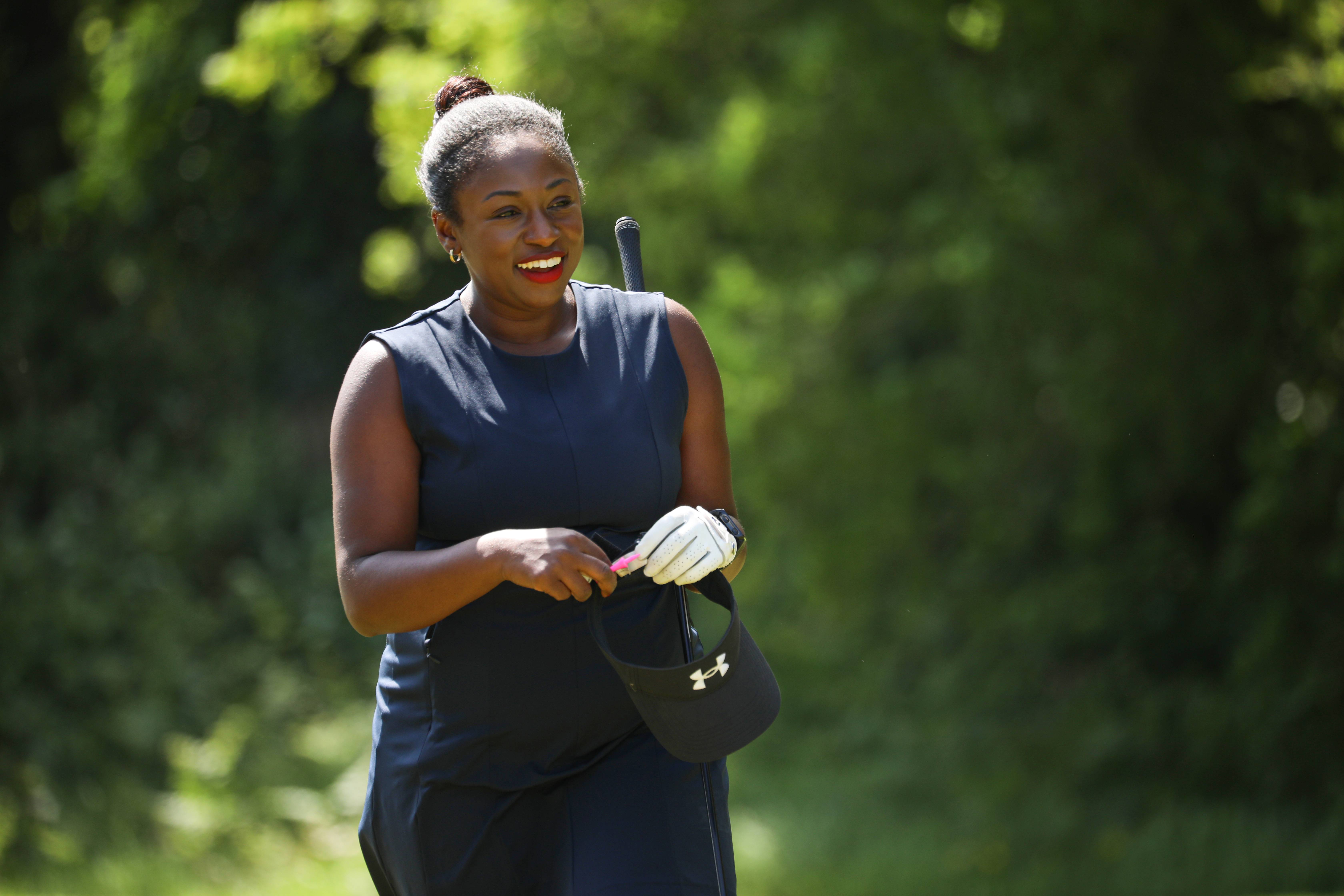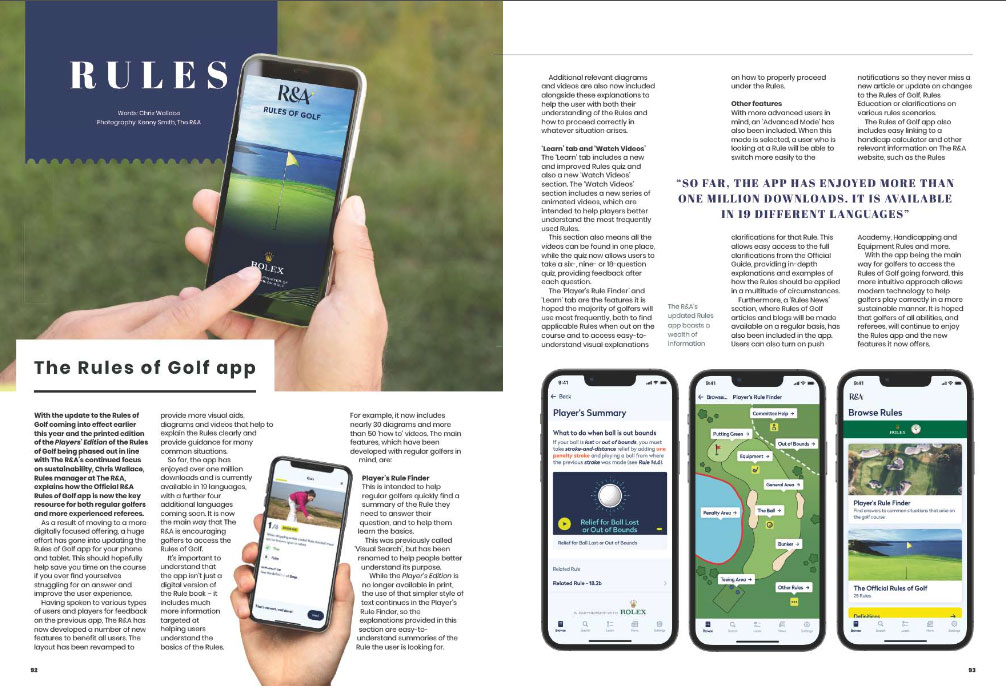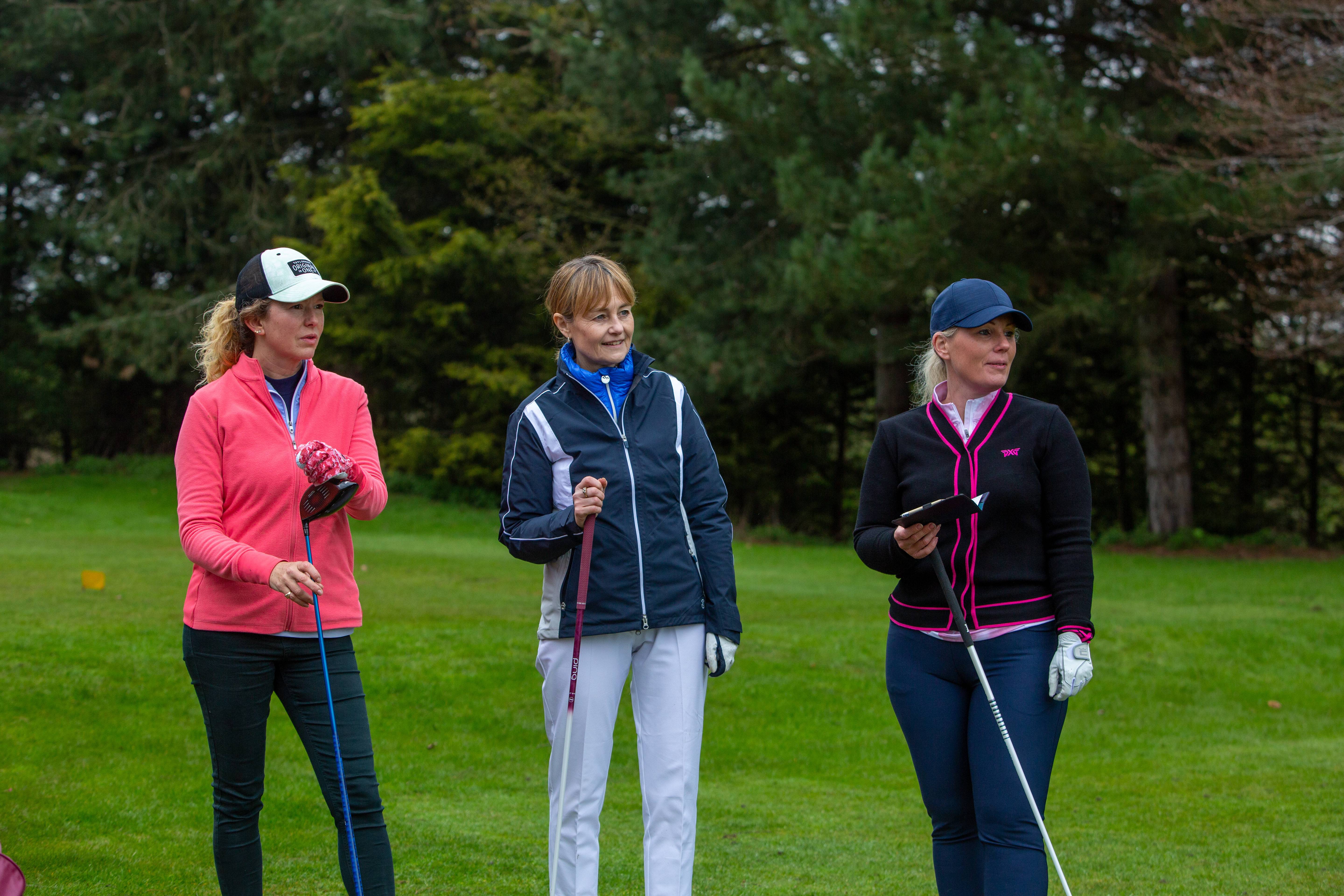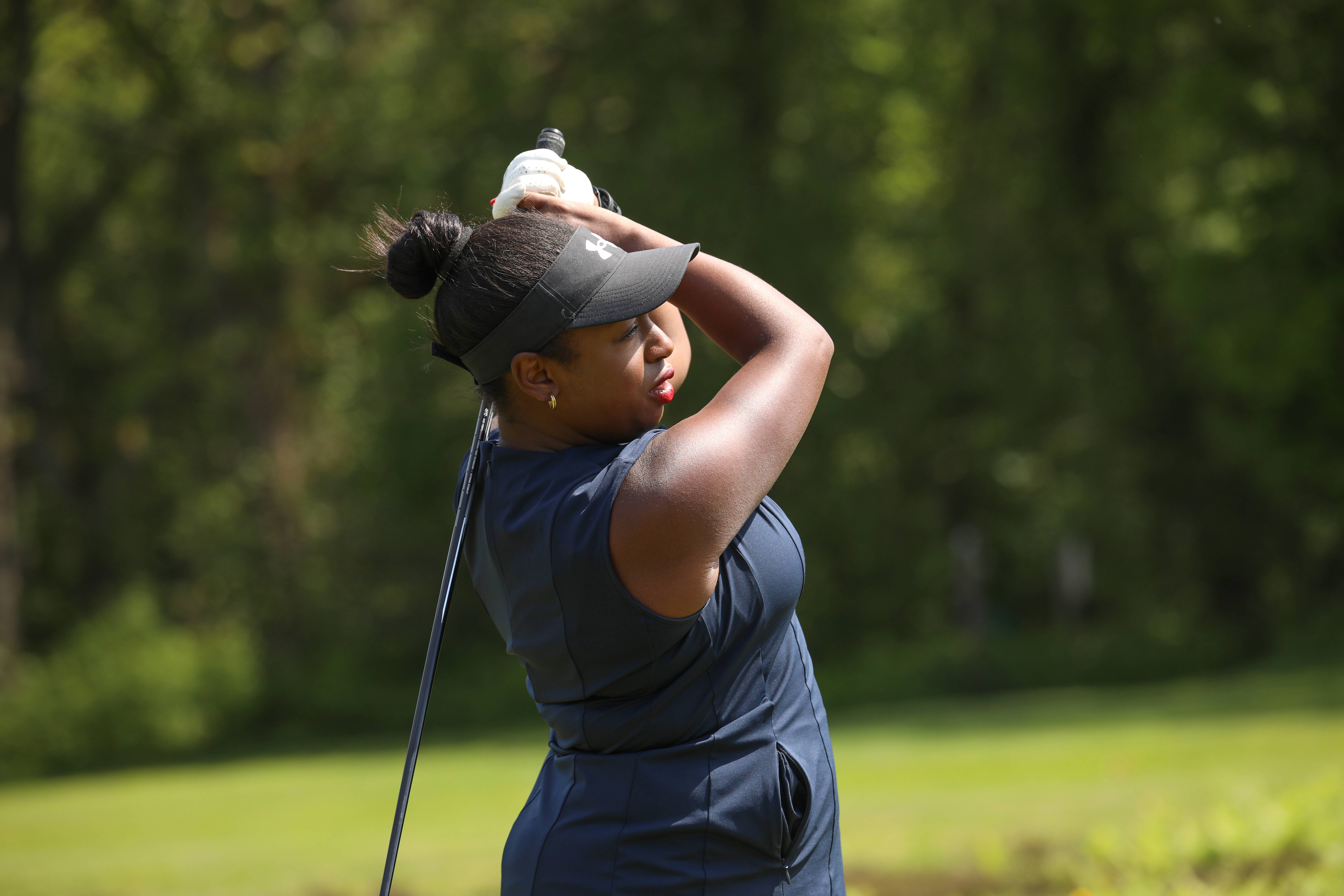
Going from hitting shots in the nets, or at the range to playing a golf course is exciting and nerve wracking. Exciting because this is what you’ve been building up to and nerve wracking because of the unknowns. For me the transition was like a big leap, I’d been on a six-week Gateway to Golf programme, it was a two month break and then I was on the course.
Being totally transparent it was so tough, I knew it would be, but I was surprised just how challenging it was. On the other hand, it was exhilarating and once I got over the shock I was happy to go out again and give it everything and I haven’t looked back since.
There were a few things I wish I was a bit more prepared for, the unspoken things that people who’ve played golf for a long time don’t even think about. It’s so deep in them and so familiar they leave a few details out.
Here are 8 things I wish I knew more about in my first six months on the golf course.
1. Find Your Own Golf Journey
Golf is a game of advice, as soon as people know that you’re new or have a high handicap it doesn’t stop. Whilst you’re new to golf you’re not new to life and you probably have a good idea of how you like to learn, how much time you have to play and whether it's social or if you'd like to be competitive. It can be a little challenging to go against the tide, especially when people are telling you how they did it. This game is an investment of your time and effort so if you want to improve more quickly, or go more slowly, then do. It's really ok to be firm on how it will suit you best. With that in mind here comes some advice!
2. Familiarise Yourself With The Rules
When you’re ready to begin counting shots, even just for yourself, it’s useful if you know some of the many, many rules. You pick up some as you play, but basic understanding of things like hazards, out of bounds, free relief, as well as specific club rules is great for when you begin to play with established golfers. The R&A have a great app that has them on there with some quizzes, I’m that geek!

3. Get Used To Playing By Yourself For Practice
Playing with golfers who are better players is a great way to stretch your game. You can observe what they do and how they approach their shots and scenarios. It is also good to play by yourself. I used to play by myself a lot and sometimes play two balls from one position to see which club works better from different lies. All time spent on the course is learning hours under the belt and you can do problem solving at your own pace. Massive caveat to all this is ‘as long as you’re not holding anyone up’. I always let faster players through, even if there’s a four-ball ahead of me, because then I can relax and not feel that pressure to rush with people just behind.
4. Playing Partners Matter (A Lot)
As a beginner it’s natural to have nerves, especially when you play with people for the first time. Sometimes I’ve walked off the course feeling like I’m improving and other times I’ve walked off feeling unsure about everything I’m doing due to comments from my playing partners. I think golf is 80% me and 20% things outside of my control like the weather, playing conditions and who you’re playing with. Sometimes it’s good to challenge yourself and play with people who don’t set your world on fire, especially if in the future you want to play competitions. However, in the beginning start with people who give you the confidence to keep improving.

5. Be A Good Playing Partner
When you’re starting out there are so many things to think about and it can be hard to focus on anything other than your game. It can be challenging to get better golfers to play with you, however if you are a good playing partner it helps. Watch others hit to see where their ball lands, as this helps reduce the searching time. Try to see where your ball lands and find a marker like a certain tree or shrub so you can find yours too. Take the flag out on the putting green if someone asks, don’t step on anyone's line.
Most importantly, keep up the pace of play. Beginners (and women especially) get blamed a lot for slow play, however I know for a fact that we are not the only culprits. The main thing to do when playing with others is to play Stableford (if you don’t have a handicap yet go off 54) and pick up when you can no longer score. When you get to the putting green your playing partners may encourage you to putt so you can practice, but it will help everyone if you do pick up and then when you’re playing by yourself or with other beginners that's a great time to practice completing a hole.

6. Warm Up Before You Play
There was a little voice in my head that used to say; ‘You look ridiculous hitting shots before you play on the course, you’re not even a proper golfer!’ It can feel a bit intimidating in the nets with all the established golfers hitting next to you, however getting a bit of feel for your technique before you go out is better than trying to correct it on your way round the course. Remember, you’re not an imposter, you’re just new and warming up is always a good idea.
7. Build Up Your Course Stamina
I started with 5 holes, went up to 9, then 12 and then 18. Although 18 holes seems very scary at first, especially when you’re taking a lot of shots, the sooner you can do it the better. If you’re a club member, the front and back 9s also tend to be different challenges so it’s nice to experience it all. Time may be an issue for you and if it is, mix up the front and back so you get solid experience on both sides. But 18 is a great challenge and the longer you leave it, the more terrifying it will seem.
8. Be Prepared For Various Scenarios You Never Imagined
Maybe I was naive, however my first evening round when the insects feasted on me for their dinner was an unpleasant experience to say the least. Now I carry insect sting bite relief stickers. The first few blisters after doing 18-holes in new golf shoes had me home for a couple of days, so take some blister plasters. Waterproof socks are a godsend in the winter. And buy an umbrella with haste, my first time caught out in the rain was as bad as you’re thinking. SPF sunscreen because walking around in the sun for three to four hours means you need protection. Basically, be a low level first aider, as I’ve even needed plasters (don’t ask!)







